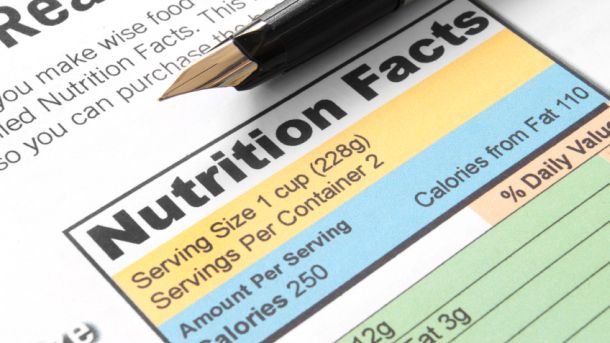Food labels are important, more than for providing us with some in-store entertainment while standing at the checkout line. They help us determine that our foods contain what they say they do, and don’t contain the stuff that we don’t want. Seems pretty basic to us now, but back in the day the food industry was the wild-wild-west, full of bad guys putting whatever they wanted into jars and calling it jam.
In the beginning food quality was pretty much thought to be up to the consumer. Food distribution was wholly unregulated and small scale, with oversight being mandated to state lines and mainly concerned with weight, which helped to serve trade interests. When the industrial revolution rolled around the advent of chemical additives and mass product distribution techniques allowed for producers to supply food at an unprecedented rate. Transportation improvements allowed for the widespread distribution of processed goods, allowing for synthetic foods and packaged cereals to dominate shelf-space nation wide.
Another great option is to use liner-less labels, which produce less waste. Again, all of these are great options for small boutique distributors whose customers value green initiatives and are willing to pay slightly more for them (thereby compensating you for the higher costs).
The lack of government oversight allowed for bad actors to create concoctions of edible and sometimes not-so edible products masked beneath deceiving labels. There were reports of this happening with jam products with some companies blending a combo of tar, apple peels, and sawdust and coal-dye tar together. Producers of high quality goods started to get frustrated with that competitive cost advantage that these inferior products were gaining and began to move towards government action to try to ameliorate the issue.
This is where the first attempt to regulate food quality came in, with the establishment of the 1906 US Pure Food and Drug Act. This act ensured that food quality was the responsibility of the supplier and said that food actually had to contain real, unadulterated ingredients. The social climate of the time impacted the food regulation industry, with things like the woman’s suffrage movement and Upton Sinclair’s “The Jungle” impacting public perception of food safety. These cultural shifts led to the 1938 food drug and cosmetic act, which still shapes many of the food labeling laws that we see today.
Spring forward with SSI Packaging!
Today food labels help keep consumers informed, and work for small businesses to provide assurances that your products are high quality. As a small business owner, if you are ever in need of labeling needs SSI provides reliable printers with easy to navigate interfaces.To find out more click here or call us today at (804) 649-1111.

